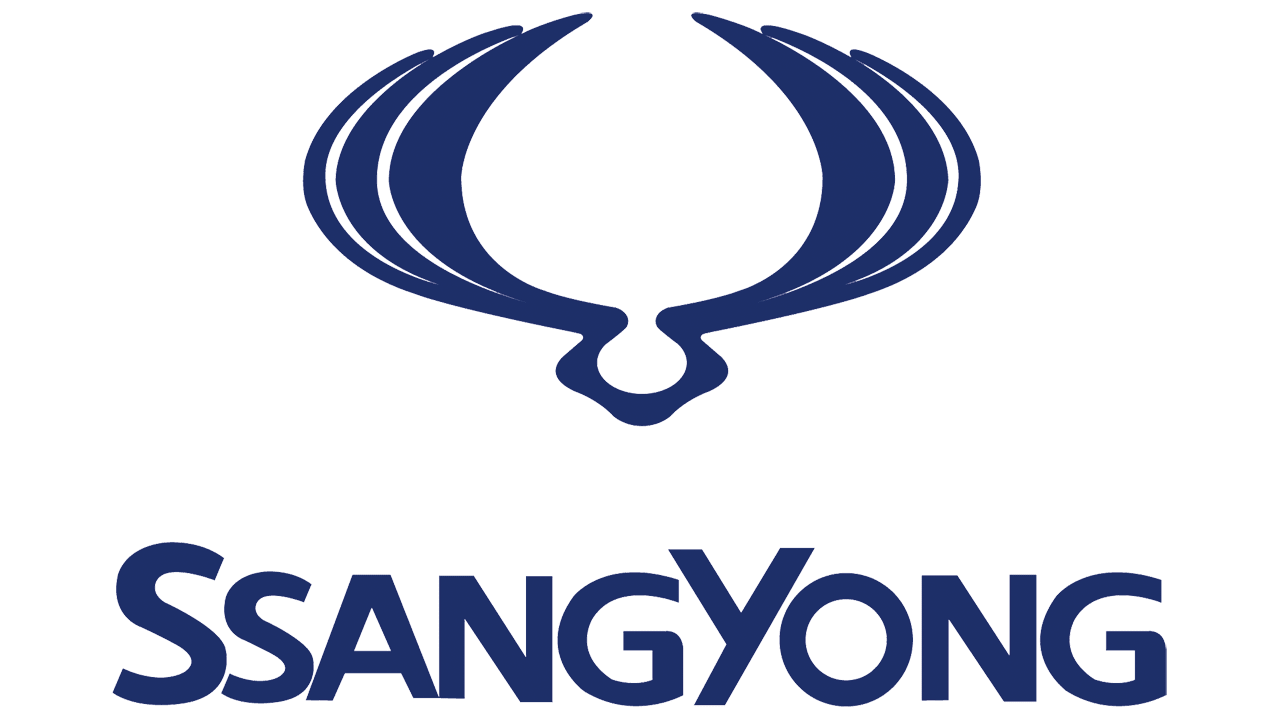
SsangYong
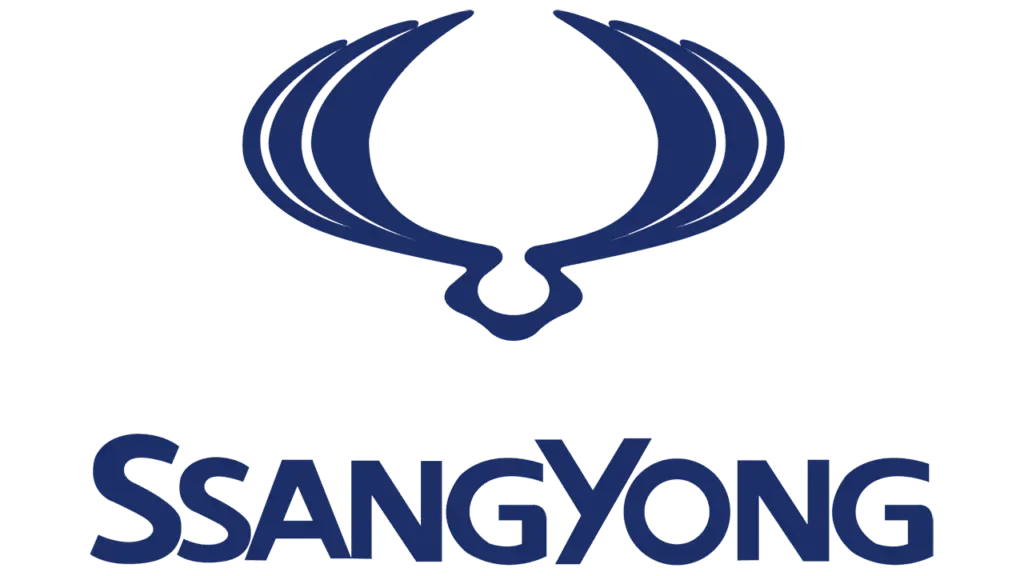
Тип кузова:
ВнедорожникКабриолетМинивэнПикап
История автомобильной марки SsangYong
СодержаниеЭмблемаИстория автомобилей SsongYong SsangYong Motor Company принадлежит к южнокорейской компании по производству автомобилей. Специализация компании направлена на производство легковых и грузовых автомобилей, а также автобусом. Штаб-квартира расположена в городе Сеул. Компания зарождалась в процессе слияния и массового приобретения различных компаний, которые уложили крепкий фундамент для производства. Компания берет свое историческое начало с 1963 годов, когда компания осуществила реорганизацию двух компаний в На Dong hwan Motor Co, основной спецификой которой было производство военных внедорожников для Америки. Также компания создавала автобусы и грузовые автомобили. В 1976 произошло расширение спектра производства автомобилей, а на следующий год — изменение в названии на Dong A Motor, который вскоре стал подконтрольным SsangYong и в 1986 ещё раз сменил название на SsangYong Motor. Далее SsangYong приобретает предприятие Keohwa Motors, занимающееся производством автомобилей повышенной проходимости. Первым выпуском после приобретения, стал внедорожник Korando с мощным двигателем, который в свою очередь помог завоевать компании славу на рынке, а также сделать её популярной и привлечь внимание Daimler-Benz, немецкого подразделения компании Mercedes-Benz. Сотрудничество дало свои плоды, поскольку открыло перед SsangYong множество технологий и методов производства Mercedes-Benz. И в 1993 полученный опыт был внедрен в выпущеный внедорожник Musso, приобревший значительную популярность. В будущем было выпущено модернизированное поколение данной модели, высокое качество технических характеристик позволило одержать несколько раз победу в гоночном ралли в Египте. В 1994 году было открыто ещё один производственный завод на котором было создано новую малогабаритную модель Istana. С начало 1997 компания становится подконтрольной Daewoo Motors, а в 1998 компания SsangYong поглотила компанию Panther. В 2008 компания столкнулась с существенными финансовыми трудностями, которые привели ее к банкротству и через пару начались торги за компанию. За приобретение акций SsangYong боролись многие компании, но в конечном счёте их было приобретено компанией из Индии Mahindra & Mahindra. На данном этапе компания состоит в лидерской южнокорейской четверке по автопроизводству. Владеет несколькими подразделениями в странах СНГ. Эмблема Само название бренда SsangYong в переводе обозначает «Два дракона». Идея создания логотипа включающего это название берет исток от старинной легенды про двух братьев драконов. Вкратце, смысловая тематика гласит, что эти два дракона имели огромную мечту, но чтобы ее осуществить им нужны были два драгоценных камня. Не хватало всего одного, и он был подарен им небесным богом. Заполучив два камня они воплотили свою мечту. Эта легенда воплощает стремление компании к продвижению вперёд. Изначально автомобили данной марки выпускались без эмблемы. Но чуть позже возникла мысль в ее создании, и в 1968 году было создано первую эмблему. Она олицетворяла южнокорейский символ «Инь-ян» выполненный в красно-синей цветовой гамме. В 1986 символов эмблемы стало само ее название «Два дракона», которые символизировали стремительный рост компании. Чуть позже было решено добавить надпись SsangYong снизу под эмблемой. История автомобилей SsongYong Первым автомобилем, выпущенным компанией, являлся автомобиль повышенной проходимости Korando Familly, произведенный в 1988 году. Автомобиль был оснащен дизельным силовым агрегатом, а чуть позже было создано две модернизированнае версии данной модели на основе силовых агрегатов компаний Mercedes-Benz и Peugeot. Модернизированная версия Korando не только приобрела мощный силовой агрегат, но ещё и трансмиссия, разработаную по передовым технологиям. Автомобили пользовались спросом за счёт низкой цены. Но сама цена не была соразмерна качеству, которое было на высоте. Удобный внедорожник Musso был разработан совместно с Daimler-Benz, и оснащался мощным силовым агрегатом компании Mercedes-benz, на который у SsangYong была приобретена лицензия. Автомобиль был произведен в 1993 году. Двумя годами позже с конвейера выходит малогабаритная модель Istana. На основе авто марки Mercedes-Benz было выпущено роскошный Chairman в 1997 году. Эта модель представительского класса заслуживала внимания у более состоятельных людей. В 2001 увидел мир автомобиль повышенной проходимости Rexton, который проходил к премиум класса и отличался комфортабельностью и техническими данными. В своей модернизированной версии был представлен позже в 2011, значительно был усовершенствован дизайн и дизель, который был на 4 цилиндра и преобладал большой мощностью. Musso Sport или же спортивный автомобиль с кузовом пикап дебютировал в 2002 и пользовался спросом благодаря своей функциональности и инновационным техническим характеристикам. В следующем году произвелась модернизации Chairman и Rexton, и мир увидел новые модели с внедрением новых технологий. Также в 2003 было спроектировано новую серию Rodius с кузовом универсал, считался компактным минивэном, а с 2011 года дебютировал макровэн на одиннадцать мест из этой серии, оснащенный многофункциональностью. В 2005 вышел автомобиль повышенной проходимости Kyron сменивший внедорожник Musso. Своим авангардным дизайном, просторным садоном, силовым агрегатов с турбонаддувов он завоевал внимание публики. Ещё на замену Musso пришел революционный Actyon, изначально заменив внедорожник, а позже и спорткар Musso Sport в 2006 году. Модели Actyon помимо высоких технических данных заслужили уважение своим дизайном, и салон, и внешний вид машины держал своих конкурентов в сторону...
No post found


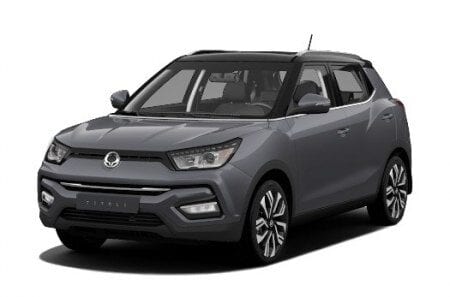
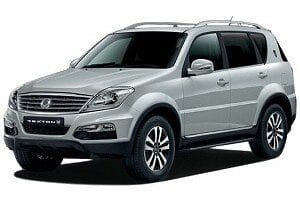

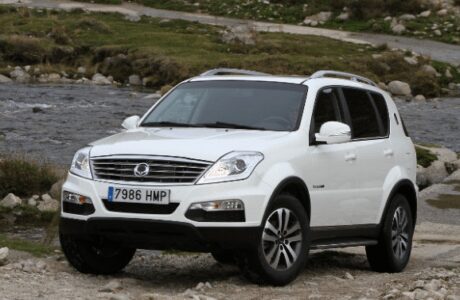
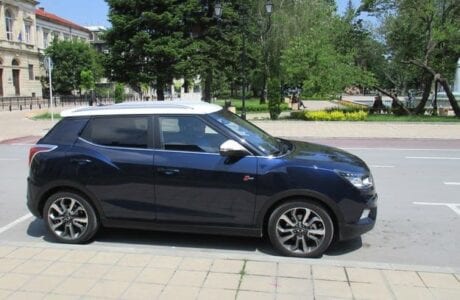
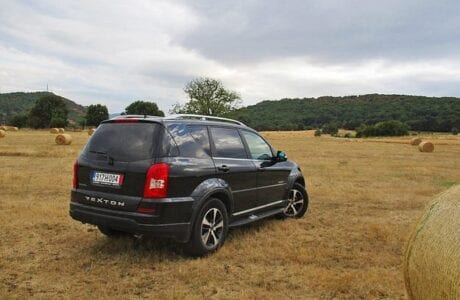
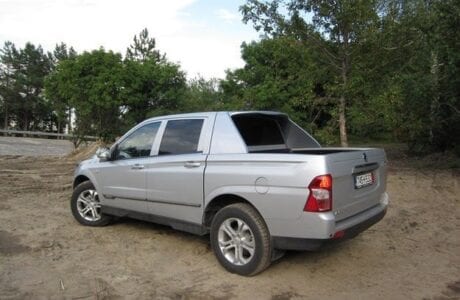
Добавить комментарий